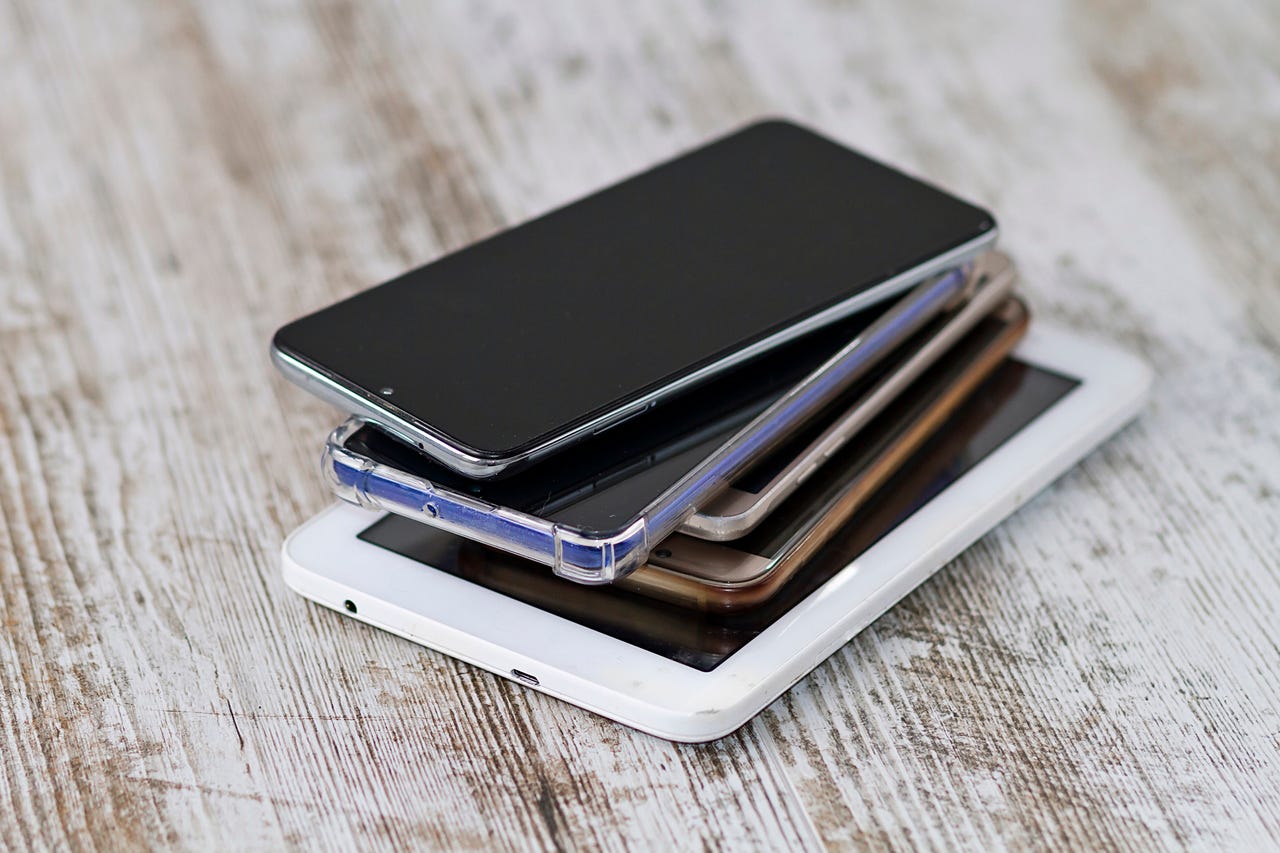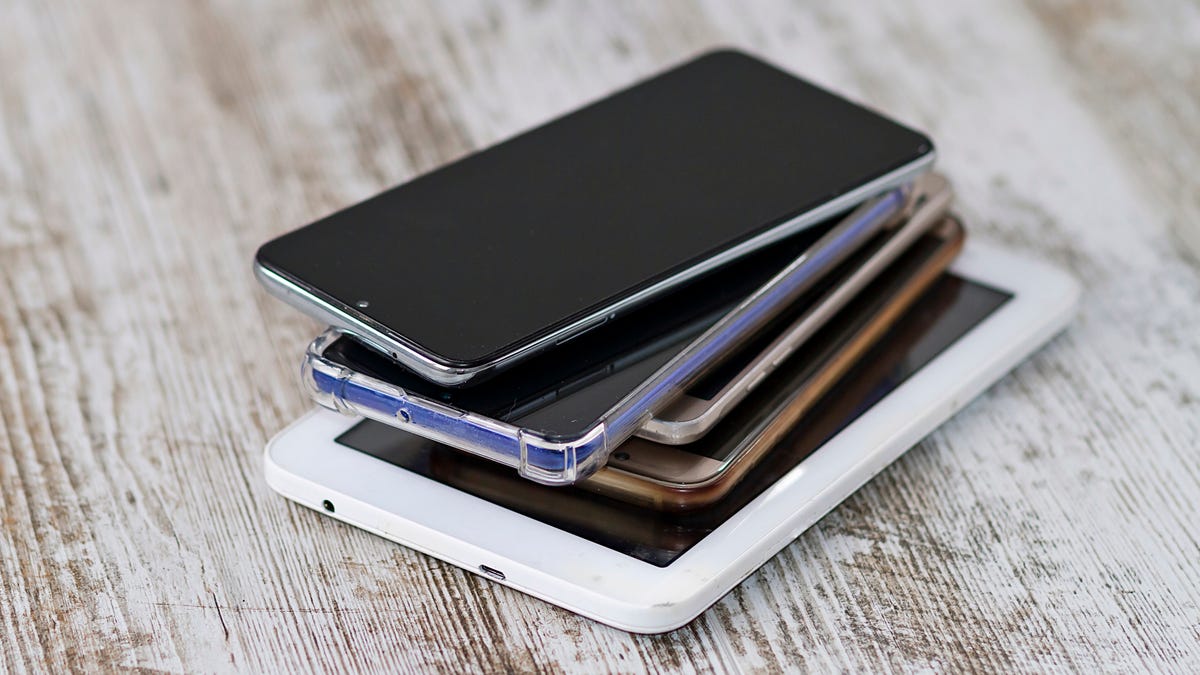How to store your old smartphones and tablets

The continuous, unrelenting upgrade cycle means that every few years we end up with an old smartphone or tablet. An aggressive upgrade timetable, combined with high reliability, means we often end up with perfectly functional devices collecting dust.
Some people exchange them, with Apple offering credit towards new purchases. Others pass them down to family members and friends. And then some throw old devices into their ‘just in case’ tech drawers. I know from experience that it’s handy to have a backup phone or tablet, you know, just in case something happens to my daily device. I rarely need it, but it’s there — just in case.
Also: The best phones you can buy right now
We all know that lithium-ion batteries truly are an amazing invention. They hold an incredible amount of power, are very safe, and don’t ask much in care in return for several hundred discharge cycles of life.
However, if you just chuck your presently unwanted device into a drawer — and it’s going to be there for a few months (or possibly years) — then you might not be doing your battery any favors.
Also: 7 things you didn’t realize your phone can do
To ensure your backup device is ready when you need it, you’ll need to store it properly. Apple has information on long-term storage of its products, which consists of four steps:
- Store the device with a 50% charge. If you store it in a fully charged state, this could shorten the battery’s life. Conversely, if you store it with too little charge, then the battery could deplete to a point where it will not take a charge
- Switch the device off
- Store the device in a cool (not above 32°C/90°F) and moisture-free place
- Check the device every six months and recharge to 50%
These are great tips for all devices.
Also: How to give your devices a spring clean
However, I also recommend doing a few other things:
- Wrap the device in a lint-free cloth and place it inside a Ziploc bag. Sandwich bags are the perfect size, with a few silica gel pouches inside. In many climates, this is the only way to guarantee a moisture-free environment, and also helps protect against dirt and dust
- Protect from extremely low temperatures (-20°C/4°F), which can severely damage the battery
- When you top the battery up to 50% every six months, use this opportunity to run a software update and update all the apps
- Keep a charge cable with the device — not only does this make recharging an easier job, but it also means that if you want to sell it (or give it away), the new owner also gets a cable so they can start using it immediatly
- If you find that a year or 18 months have gone by and you haven’t used the device, then there’s a very good chance that you’re never going to use it again, which might be a good time to think about selling the device or giving it away
I’ve used these tricks to keep items in storage for many years. However, something to bear in mind is that the longer you keep something, the less likely you are to use it and the less value it will have both monetarily and for someone else who might use it.
My rule now is that if I think something is going to be in storage for a year, I give serious consideration to getting rid of it, because there’s a really good chance that I’ll never use it again.




